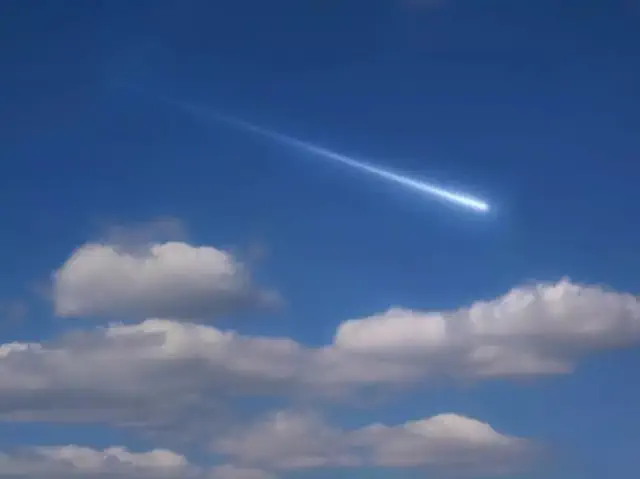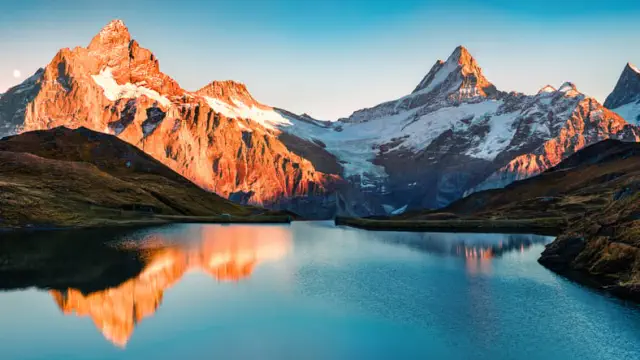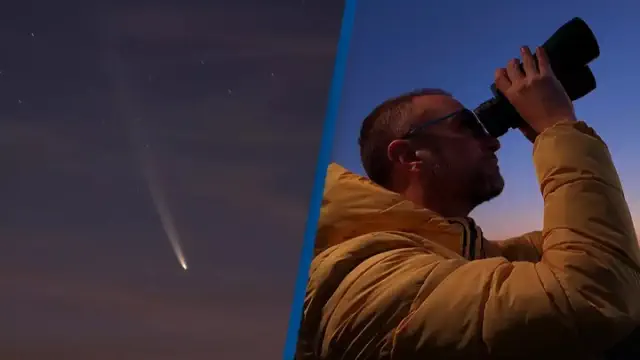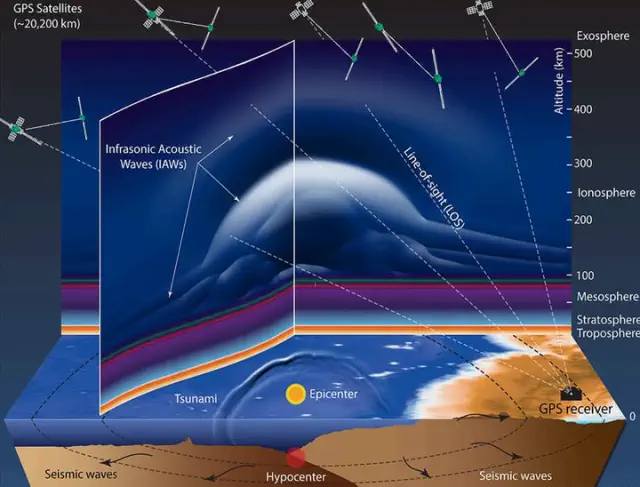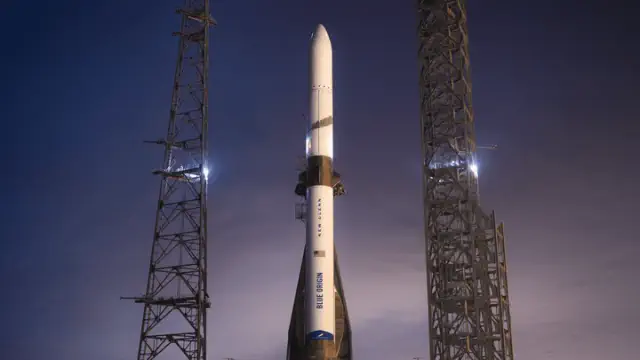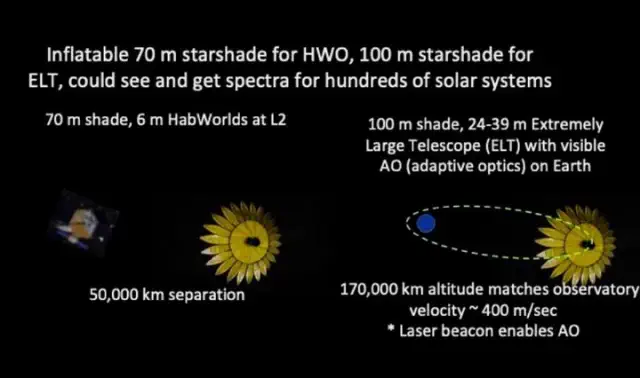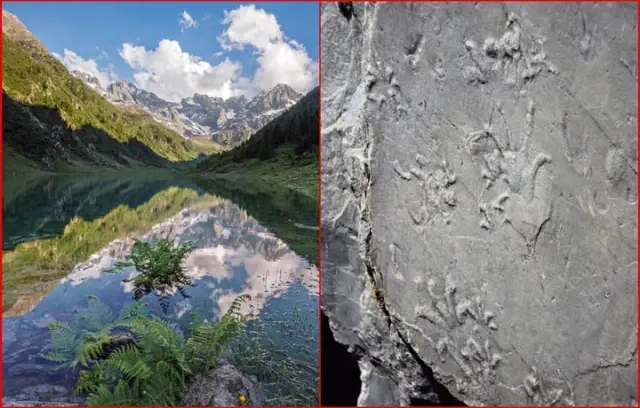On December 20, 2024, the Department of the Interior (DOI) unveiled a revised Western Solar Plan aimed at facilitating efficient and eco-friendly solar energy permitting on public lands across the western United States.
The initiatives of the Department of the Interior (DOI) pertaining to clean energy on public lands are managed by the Bureau of Land Management (BLM). As of 2021, the BLM has successfully authorized 45 renewable energy projects on these lands, exceeding its target of permitting 25 gigawatts of renewable energy by the year 2025.
As per the DOI, the revised strategy intends to direct the siting of solar energy initiatives in regions with minimal resource conflicts. It aims to bolster the development of the nation’s expanding clean energy sector, lower energy expenses for consumers, generate high-quality job opportunities, tackle the climate emergency, and promote priorities related to clean air and environmental justice.
This initiative is in line with the broader objective of attaining a fully clean electricity grid by the year 2035.
According to the DOI, “The revised Western Solar Plan recognizes that there are more than 31 million acres of public land available across 11 western states for utility-scale solar project proposals. Nevertheless, it is estimated that only about 700,000 acres will likely be utilized by 2045 to satisfy the expected demand.”
The initial Western Solar Plan encompassed six states in the southwestern region: Arizona, California, Colorado, Nevada, New Mexico, and Utah.
Following the update, Idaho, Montana, Oregon, Washington, and Wyoming have now been included.
The approval of the revised Western Solar Plan comes after the release of a draft plan in January 2024 and a proposed plan in August 2024.
It incorporates feedback gathered from a wide range of stakeholders, including governments and various interested entities, throughout the entire process.
The suggested plan went through a 30-day public objection phase and a 60-day consistency evaluation by the governor before the BLM made the decision to approve it.
Assistance with planning
This initiative builds upon numerous executive actions implemented by the Biden-Harris administration aimed at streamlining and enhancing federal permitting processes to expedite the delivery of projects.
According to the press release from the DOI, "The initiative aims to facilitate solar project development by pinpointing areas close to transmission lines and previously disturbed sites as suitable for project proposals, while deliberately excluding sensitive locations such as specially protected lands, areas with significant cultural resources, and crucial wildlife habitats."
It also highlights that this will promote responsible development, accelerate the permitting process, and offer enhanced predictability for the solar energy sector.
"In the Biden-Harris administration, the Department of the Interior (DOI) has acted decisively to respond to current challenges and foster a thriving, sustainable clean energy economy, all while safeguarding vital resources on America’s public lands. According to DOI Secretary Deb Haaland's press release, the newly revised Western Solar Plan, developed with significant public feedback, will promote the responsible expansion of solar energy throughout the West for years ahead."
Dr. Steve Feldgus, the Principal Deputy Assistant Secretary for Land and Minerals Management, emphasizes, “Solar energy stands out as a cost-effective and rapidly expanding element of our nation's contemporary power infrastructure, contributing significantly to the establishment of a robust and resilient clean energy economy in the U.S. The revised Western Solar Plan aims to streamline the permitting process for solar projects, providing greater clarity for developers while retaining the necessary flexibility to address local needs and issues.”
In total, the Bureau of Land Management has authorized clean energy initiatives on public lands, boasting a combined capacity exceeding 33 gigawatts, which is sufficient to supply energy for more than 15 million households.
In 2024, the Bureau of Land Management (BLM) released a definitive Renewable Energy Rule aimed at reducing energy expenses for consumers and decreasing the costs associated with the development of solar and wind initiatives. This rule also streamlines project application procedures, generates employment opportunities, and encourages developers to pursue the responsible advancement of solar and wind projects on public lands.
Resistance to the proposal
Toward the end of last year, U.S. Representative Harriet Hageman (R-WY) voiced her concerns regarding the proposal, saying, “This initiative will have a detrimental effect on Wyoming, where half of our surface lands are under federal management. It restricts extensive areas for the placement of solar panels that are not environmentally friendly, which hampers our capacity to graze livestock, mine resources, or extract fossil fuels – essential activities for America to lower the expenses of energy, food, and housing.”
In September 2024, Western Caucus Chairman Dan Newhouse (R-WA) and Representative Hageman, along with nine other members of the Western Caucus, sent a letter to the Bureau of Land Management (BLM) urging the agency to retract its proposed revisions to the Western Solar Plan.
“The Western Solar Plan put forth by the Biden-Harris administration is yet another initiative that could harm communities throughout the West,” Newhouse asserts. “This proposal may infringe upon the multiple-use mandate for public lands as outlined by the Federal Land Policy and Management Act, jeopardizing essential grazing areas while also raising concerns.”
U.S. Representative Matt Rosendale (R-MT) has stated that the agency's proposal will restrict 572,479 acres of public land in Montana for solar energy projects, leading to numerous issues for local wildlife, the environment, and the livelihoods of Montanans.
He expresses his worries by stating, “I believe that the Western Solar Plan infringes upon the Taylor Grazing Act, which governs grazing activities on public lands. Additionally, it will generate intermittent energy that will require transmission over hundreds, and in some instances, thousands of miles before it can be utilized.”
Lawmakers from various Western states have raised alarms regarding the Bureau of Land Management's solar development proposals. This group includes U.S. Senators John Barrasso and Cynthia Lummis from Wyoming, Jim Risch and Mike Crapo from Idaho, Steve Daines from Montana, and Mike Lee from Utah. They are concerned that the plan could interfere with grazing rights, mineral extraction, and recreational activities.
Furthermore, Frank Macchiarola, Chief Policy Officer of American Clean Power, expressed in a statement, “It is disappointing that the BLM did not establish a more equitable strategy for development and conservation. Throughout this process, the solar industry has repeatedly voiced concerns regarding the consequences of land exclusions and project design elements, which this decision fails to address in any meaningful way.”
He adds, “This ultimate choice signifies a lost chance to enhance the U.S. economy and bolster our energy security and reliability by facilitating the timely approval of current and upcoming projects.”
Melissa Anderson is the editor of the Wyoming Livestock Roundup. Send comments on this article to [email protected].


